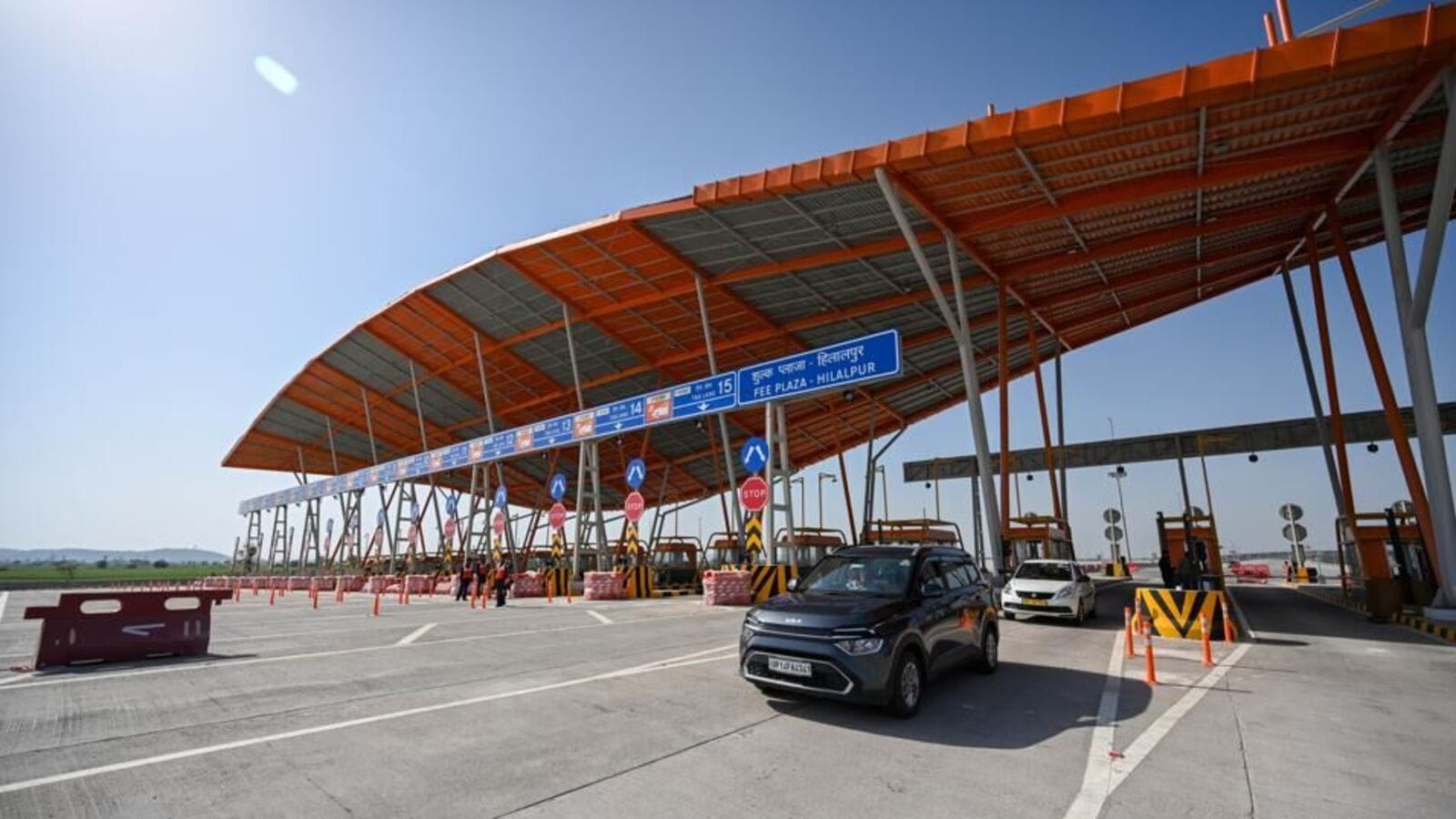Global Navigation Satellite System (GNSS) based toll collection system in India could bring a massive change in the way toll on highways is collected
…
India is thriving towards a more efficient and seamless toll collection system, as the central government and its agencies have claimed. Just a few months back, Union Minister for Road Transport and Highways, Nitin Gadkari stated that India would have a satellite-based toll-collection system, which would come as a more advanced technology compared to the current FASTag-based toll-collection system.
Now, the National Highways Authority of India (NHAI) has issued a call for expressions of interest (EoIs) from global companies to implement a GNSS-based electronic toll collection system across the country. The GNSS is Global Navigation Satellite System, which comes as an advanced technology-based toll collection system, promising smoother and more efficient and transparent toll collection on highways. Also, the implementation of this technology would possibly make the conventional toll plazas obsolete.
Also Read : Upcoming cars in India in 2024
Spearheaded by the Indian Highways Management Company Limited (IHMCL), GNSS aims to enhance toll collection efficiency and transparency while providing a seamless experience for highway users.
Here is everything you need to know about this technology.
GNSS-based toll collection: How it works
NHAI plans to integrate the GNSS-based electronic toll collection system within the current FASTag technology. This means implementation of GNSS will adopt a hybrid model alongside Radio Frequency Identification (RFID), which is currently used in FASTag. This system will employ virtual toll booths to track vehicles entering and exiting the tolled sections of the highways.
There will be virtual gantries installed along the tolled section of the road network, which will interact with GNSS-enabled vehicles. This will remove the requirement of physical gantries. The virtual gantries will collect essential vehicle information, including the registration number, vehicle type, and their users’ bank account details.
As the vehicles will pass through these virtual toll booths, the GNSS-based system will automatically be triggered to collect the toll and will deduct a certain amount from the users’ bank account. The toll plazas will have dedicated GNSS lanes, which will facilitate smooth passage for the vehicles using the technology.
GNSS-based toll collection: Advantages
GNSS-based toll collection systems could use various charging techniques such as distance-based, time-based and congestion-based toll collection. The technology will ensure reduced roadside infrastructure requirements compared to the traditional toll plazas, which will result in cost savings and easier maintenance.
The GNSS-based toll collection system will offer a scalable solution, which can be expanded to cover more extensive road networks without investment in infrastructure. With the GNSS-based toll collection system, vehicles will be able to travel without slowing down or stopping along highways and expressways, which will reduce traffic congestion and provide smoother journey experiences for commuters.
GNSS-based toll collection: Challenges
Connectivity is the key to the smooth and efficient implementation of the GNSS-based toll collection system. India has a huge land mass, and the country’s road infrastructure covers a massively variable landscape. In many parts of the country, where road infrastructure is available, connectivity remains an issue. The system can be affected by signal interference or inaccurate readings in such areas where connectivity is not smooth and efficient.
Privacy concern is another challenge ahead of the implementation of the GNSS-based toll collection system. Installing GNSS devices in vehicles raises privacy concerns and to counter that, the system needs to have robust data privacy measures and regulatory compliance, which are essential to safeguard user information.
First Published Date: 12 Jun 2024, 06:26 AM IST

